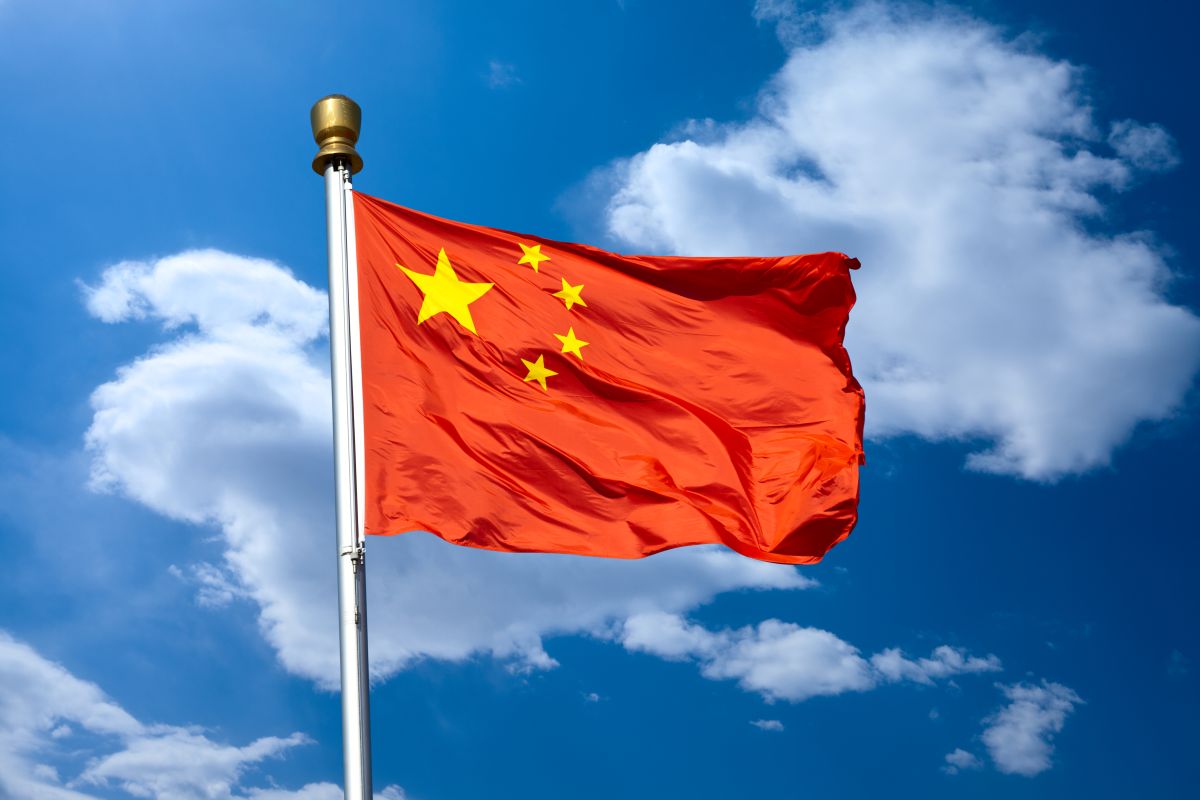The fears among policymakers from Delhi to Washington about the rise of China in the economic and strategic domains, while by no means unfounded given its absolutist governance system and surveillance state, must not ignore the domestic challenges the Asian behemoth faces. Policies designed to counter only China’s strengths imply a misplaced, defeatist attitude as opposed to a proactive policy approach that may be able to leverage Beijing’s many constraints, the primary among which is its unfavourable demographics. Put plainly, time is not on China’s side.
China’s ageing population presents considerable economic and social challenges. The decennial census released in 2021 showed China’s population at 1.41 billion people, marking the slowest growth rate since the 1950s. Over the next few years, China will lose 70 million of its work force. This will impact not just the country’s growth but also be a shock to the global supply chain which has China at its core.
Advertisement
China is aging at a rate few nations have matched historically. It will take just 20 years for the proportion of the elderly population to double from 10 to 20 per cent (2017-2037). This trend is particularly worrisome for Beijing as China’s rapid growth in past decades has been tied to its demographic advantages. Policies aimed at increasing the birth-rate alone are unlikely to reverse this trend. Projections of Goldman Sachs’ Global Economics Paper: The Path to 2075 imply that China is undergoing a marked slowdown in potential growth ~ from 7.7 per cent in 2010-19, to 4.0 per cent in 2024-29, and 2.5 per cent in 2030-39. Most of this slowdown is driven by demographic factors.
Could this lead to the collapse of the Chinese Communist Party’s rather dystopian version of Rousseau’s social contract with the people? Is it possible that (relative) economic decline ~ as opposed to rising incomes – will be the harbinger of social transition in China? While these are questions for the future, their impact may be notso-distant. Brookings Institute Director of Foreign Policy Michael E. O’Hanlon says many scholars believe that China, given its demographic trend lines, may be tempted to use force to attempt reunification with Taiwan or try to displace America strategically in the broader Indo-Pacific in the near future.
The logic underlying this assessment is that Beijing recognises its window of opportunity to carry out aggression is closing and has persuaded itself that it should use force soon to achieve its objectives. But, O’Hanlon argues, there are huge downsides to such an attempt given the current correlation of military forces between the USA and allies and the PRC. Then, there is the near impossibility of achieving a decisive victory in a great-power war. As China ages, it will ~ or at least ought to, if the nations on which it impinges get their strategy right ~ find retaining any gains from aggression increasingly difficult against the backdrop of its projected economic slowdown driven by population decline. Demography may well decide the destiny of a country which once boasted of its one-child policy as a model for the world to emulate.
